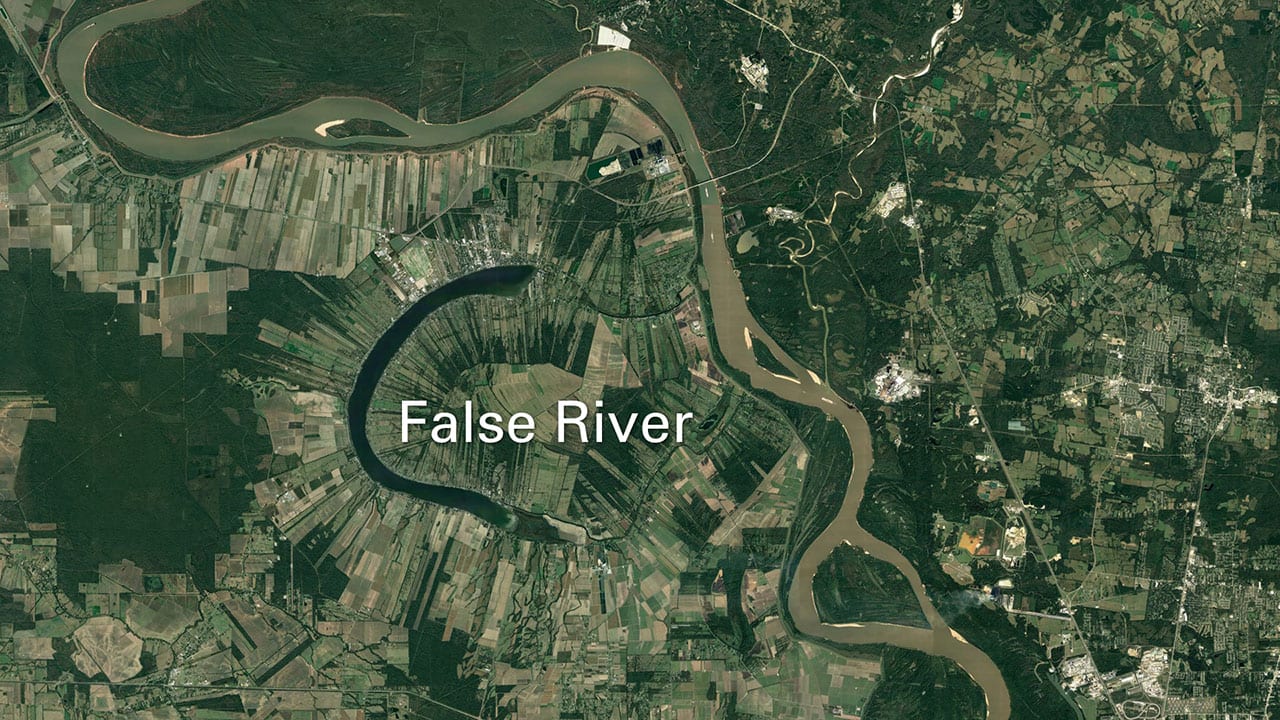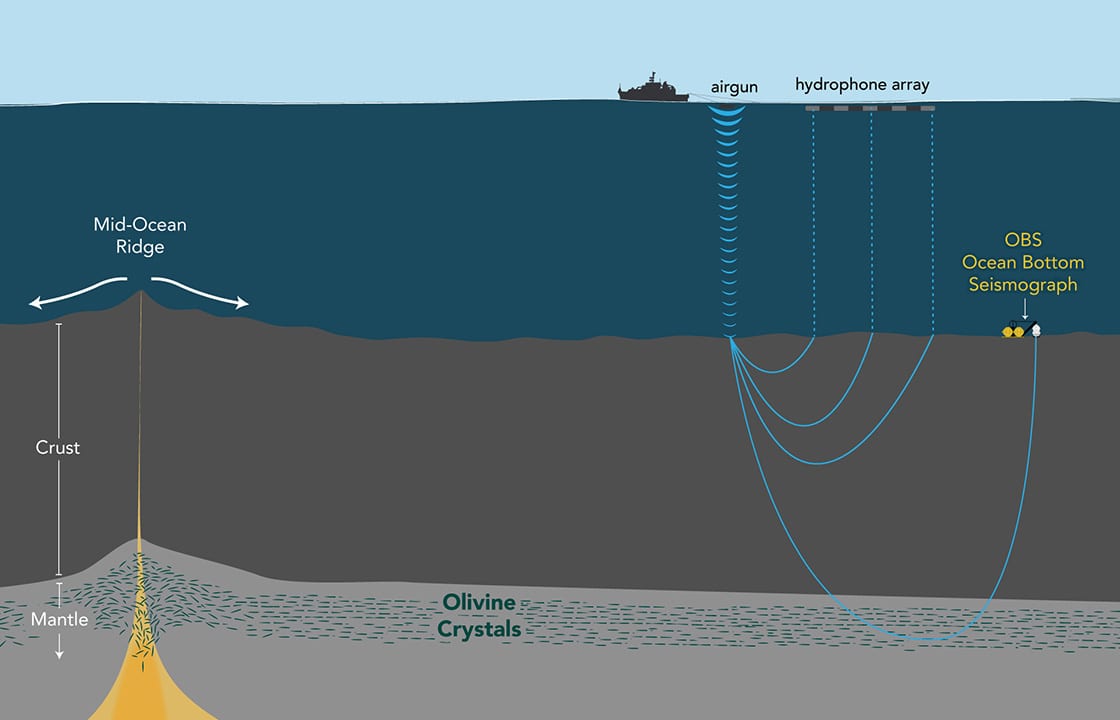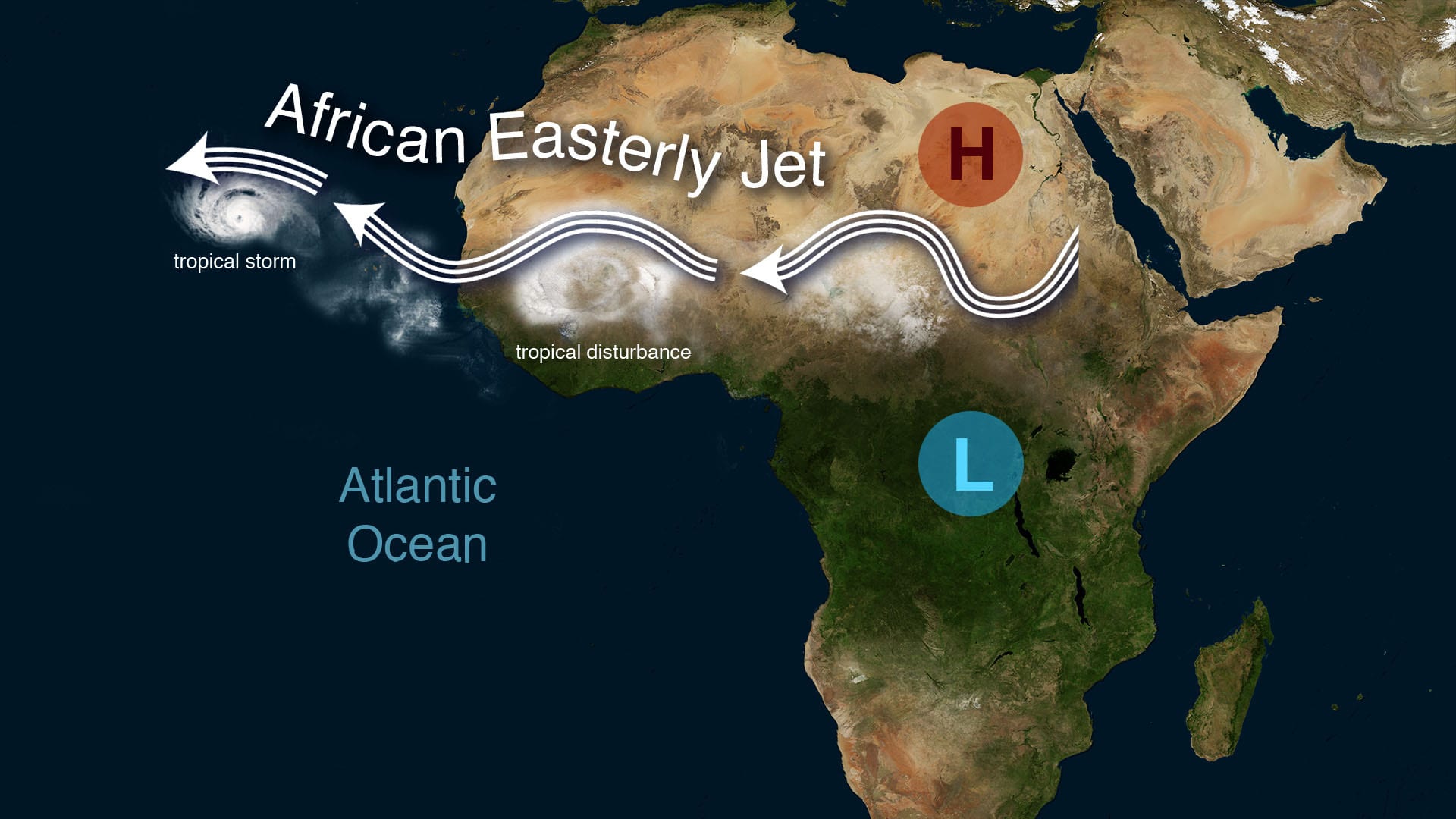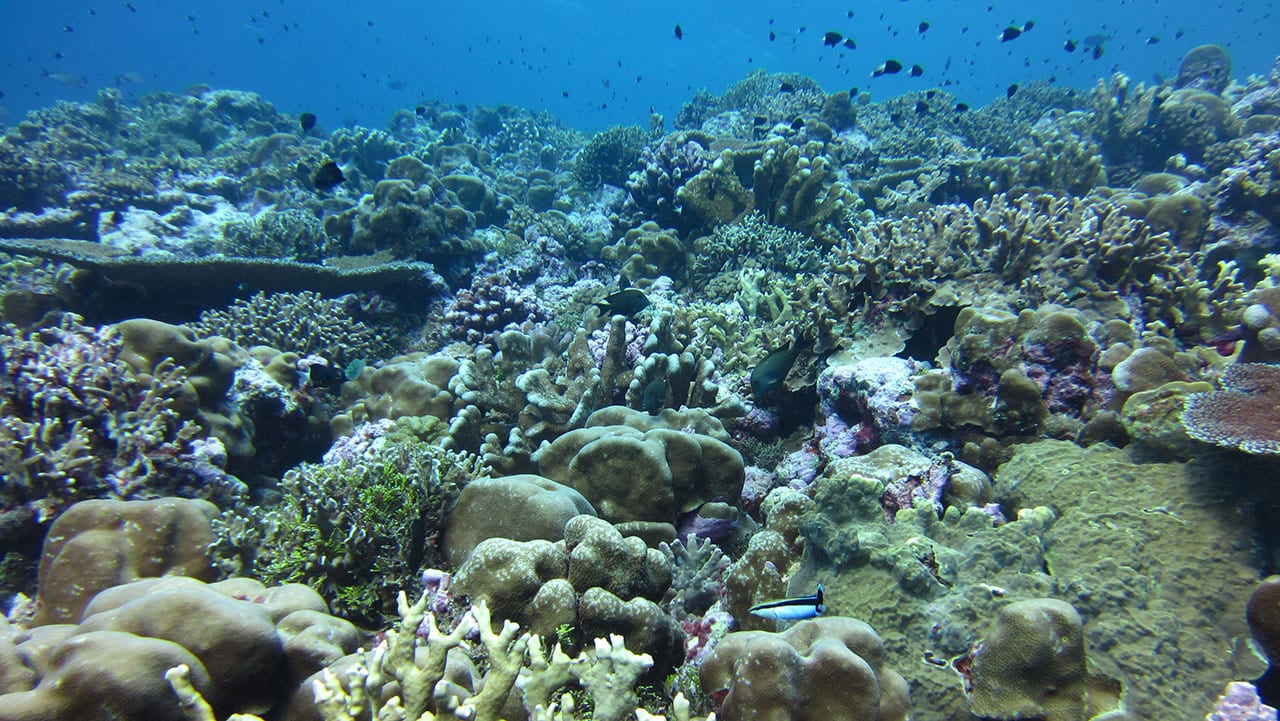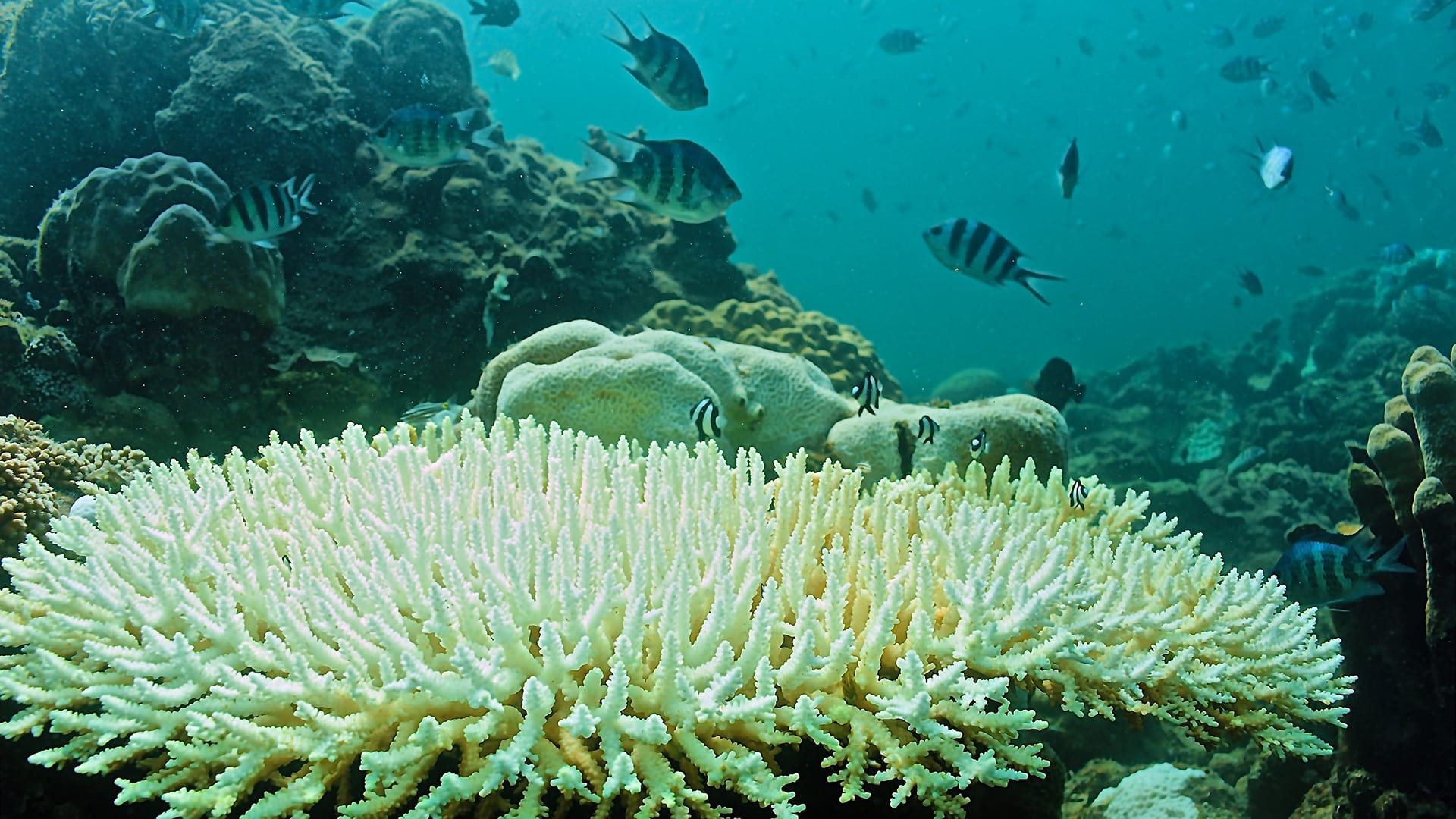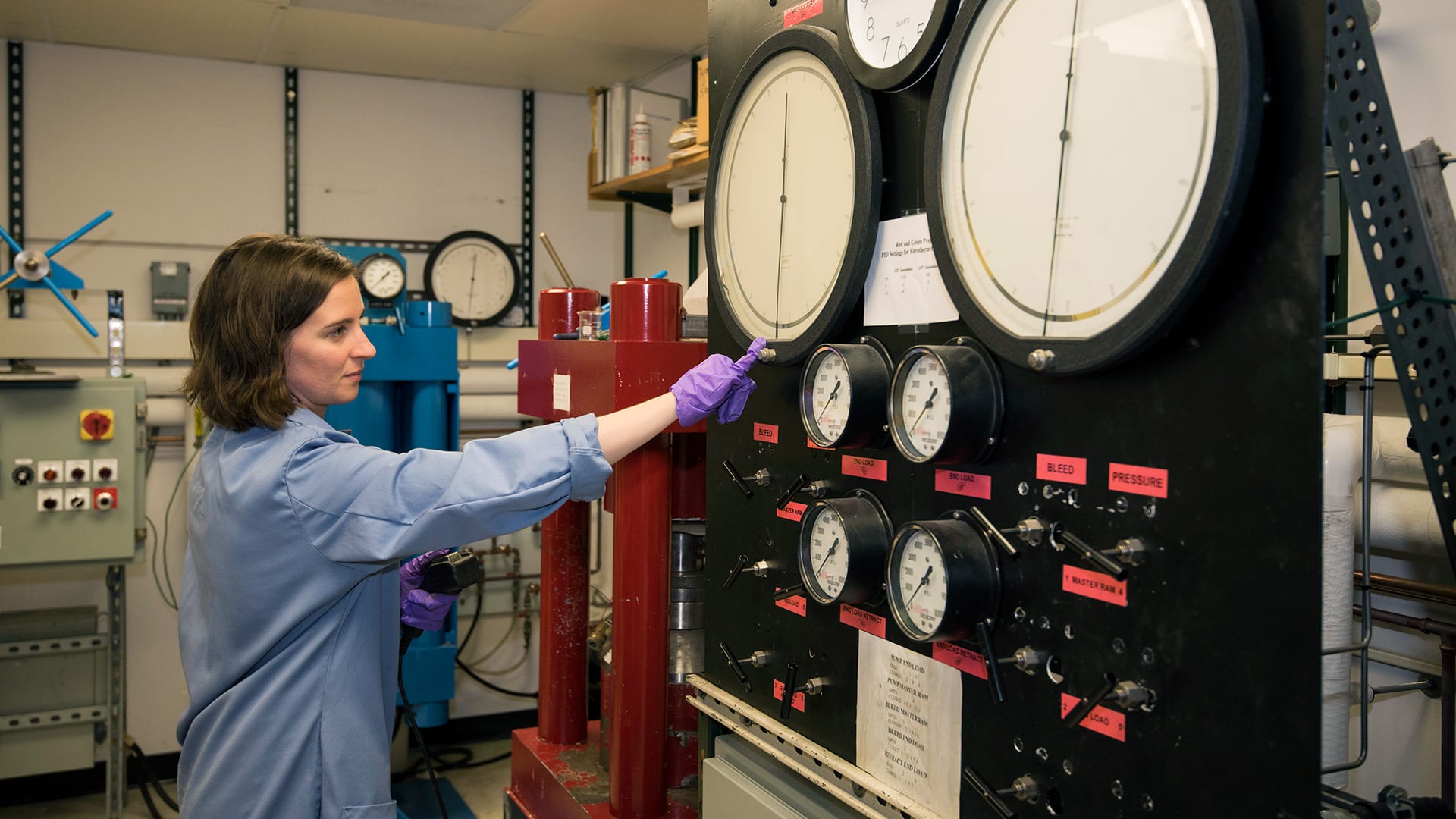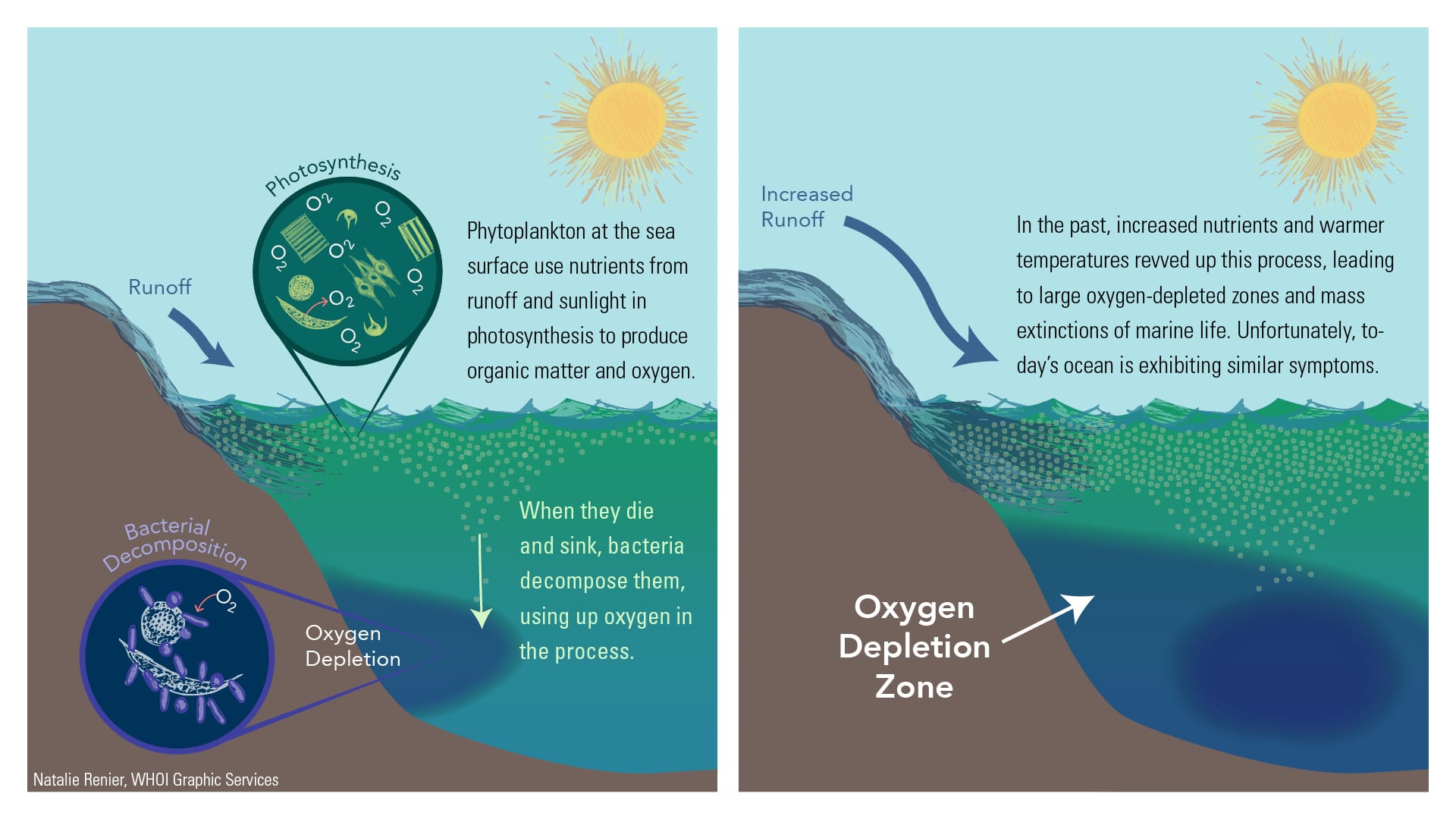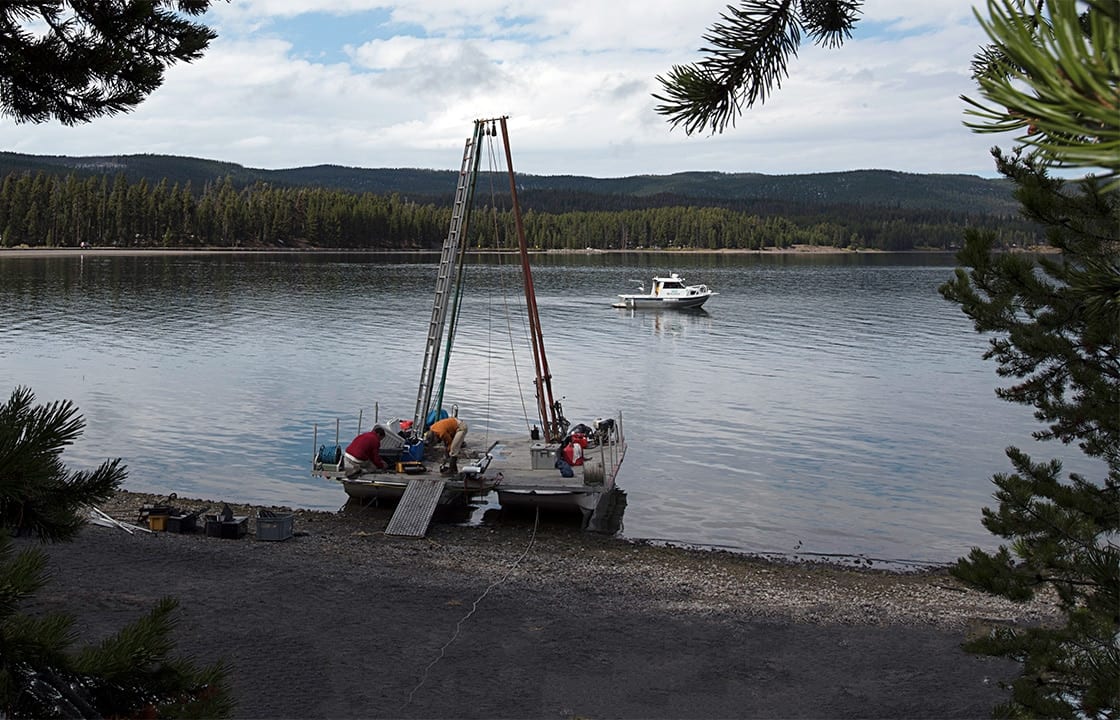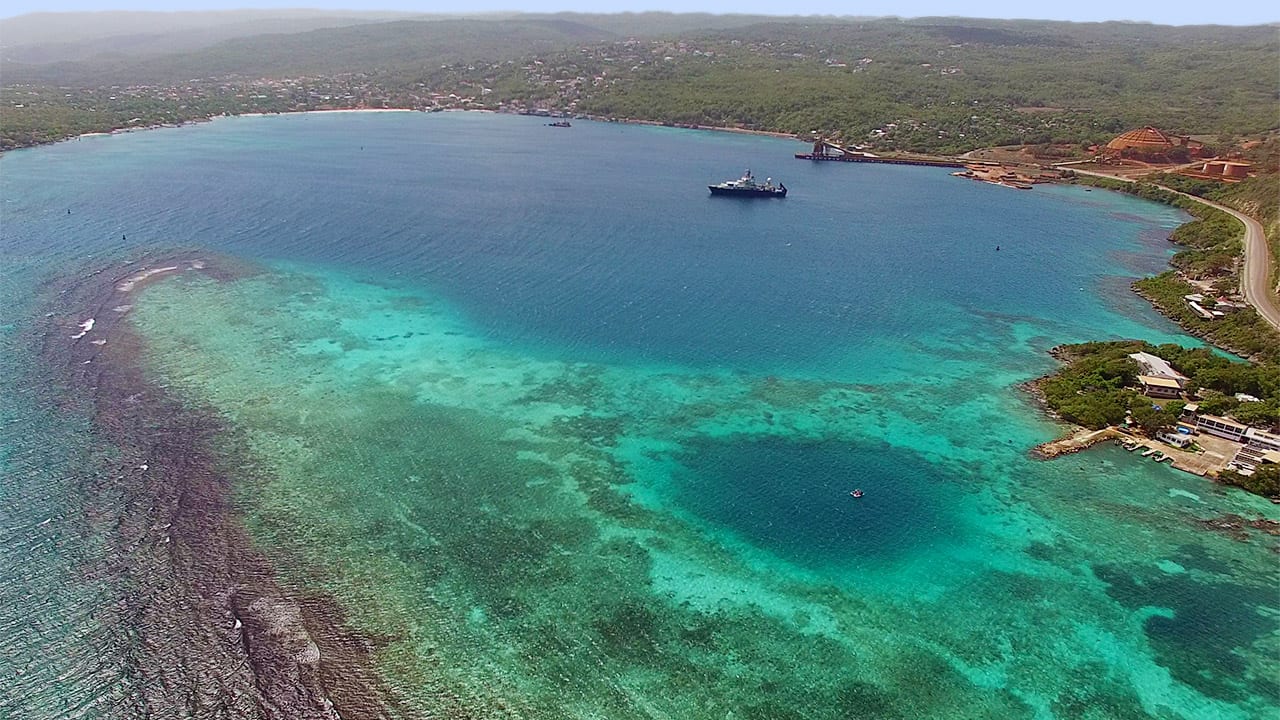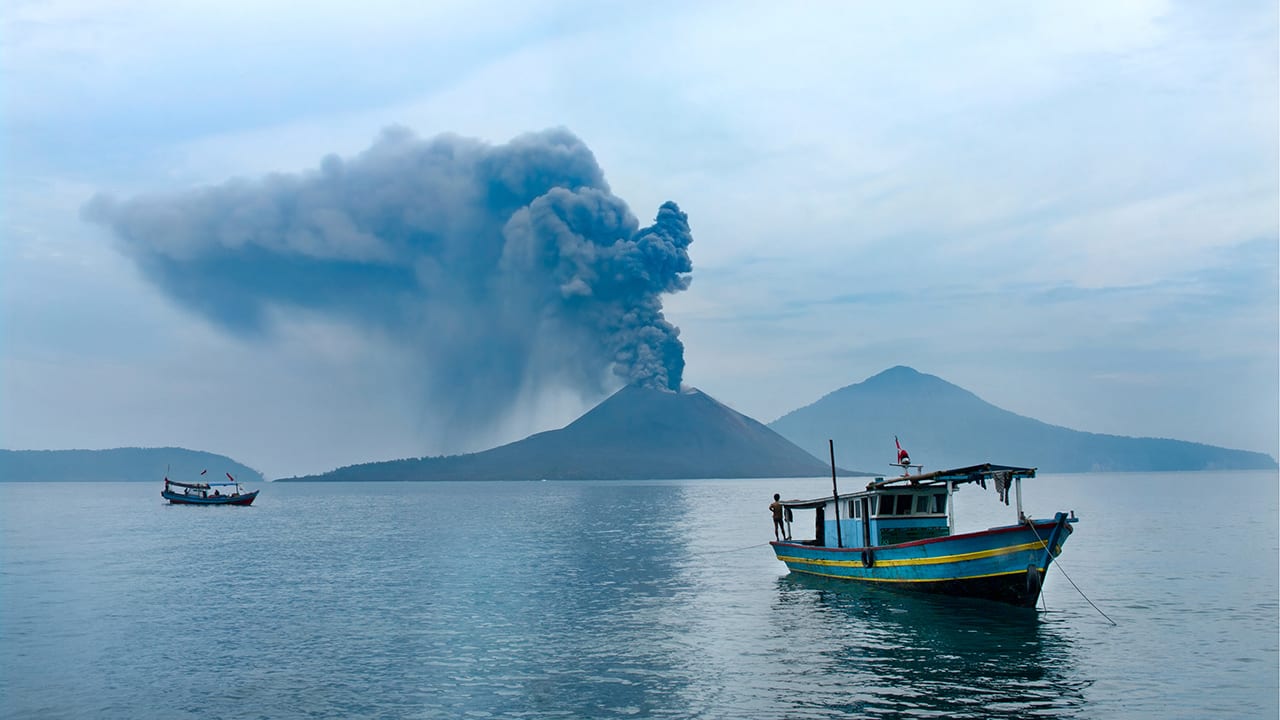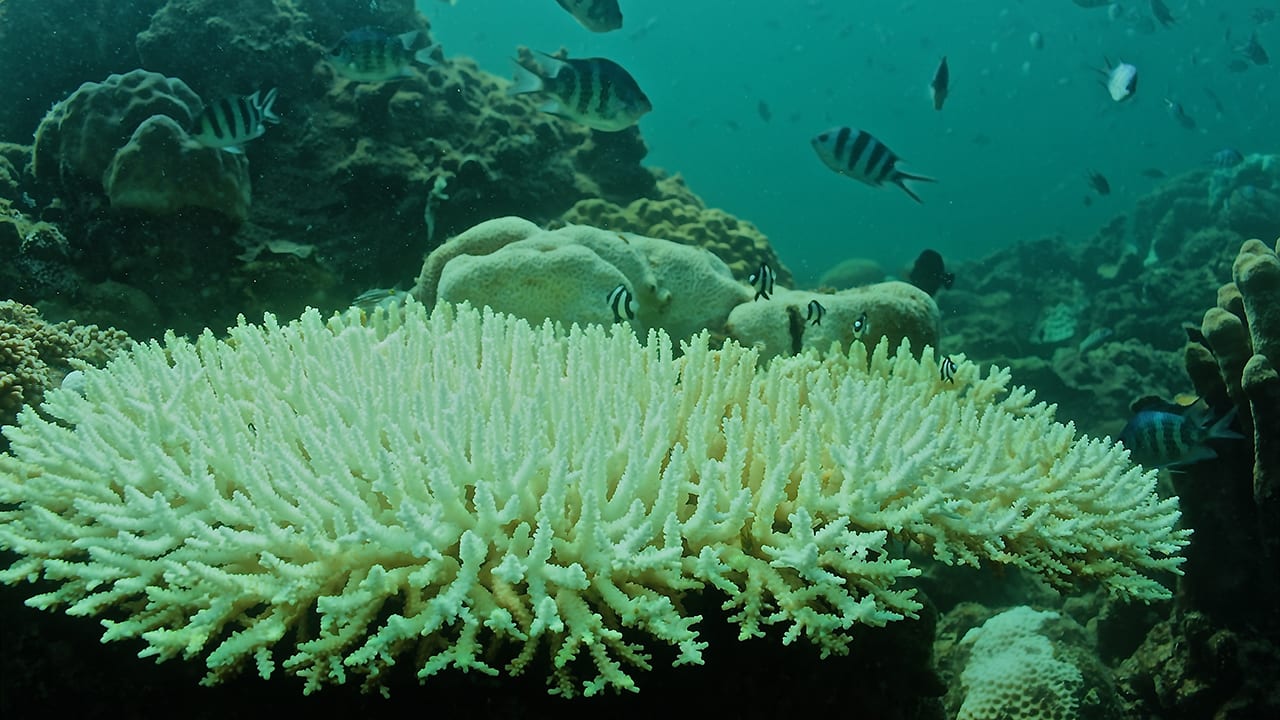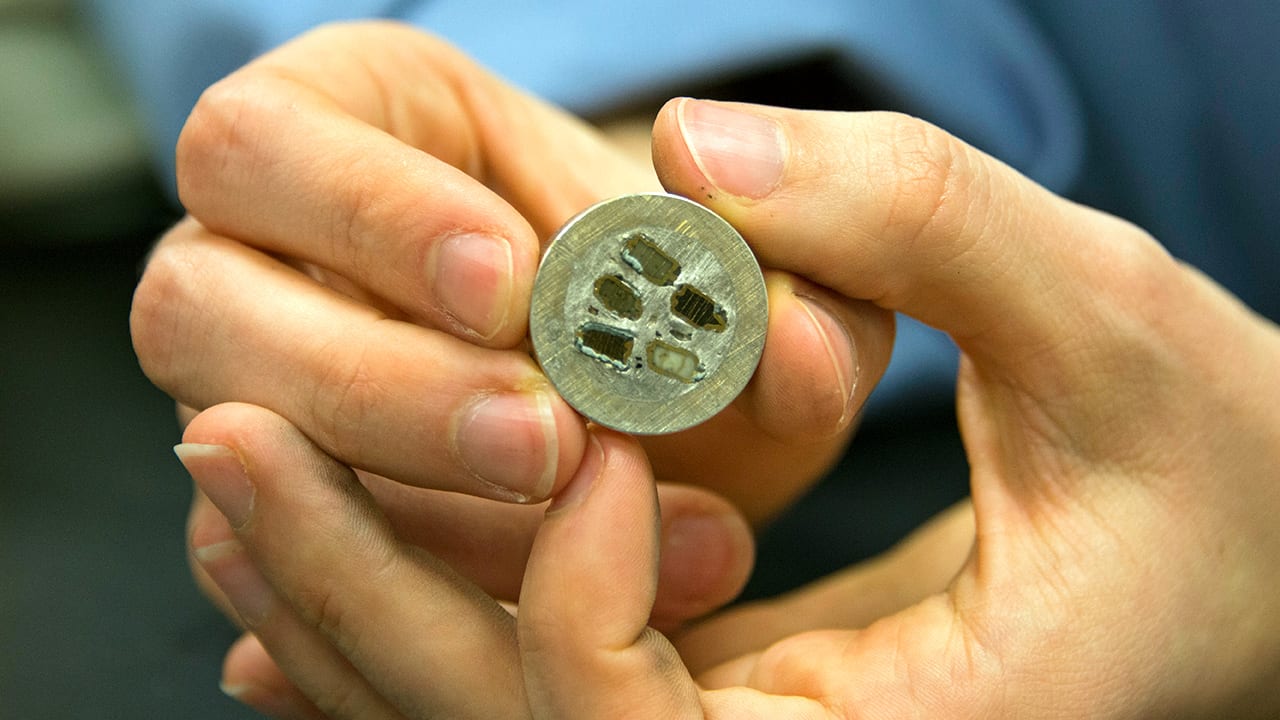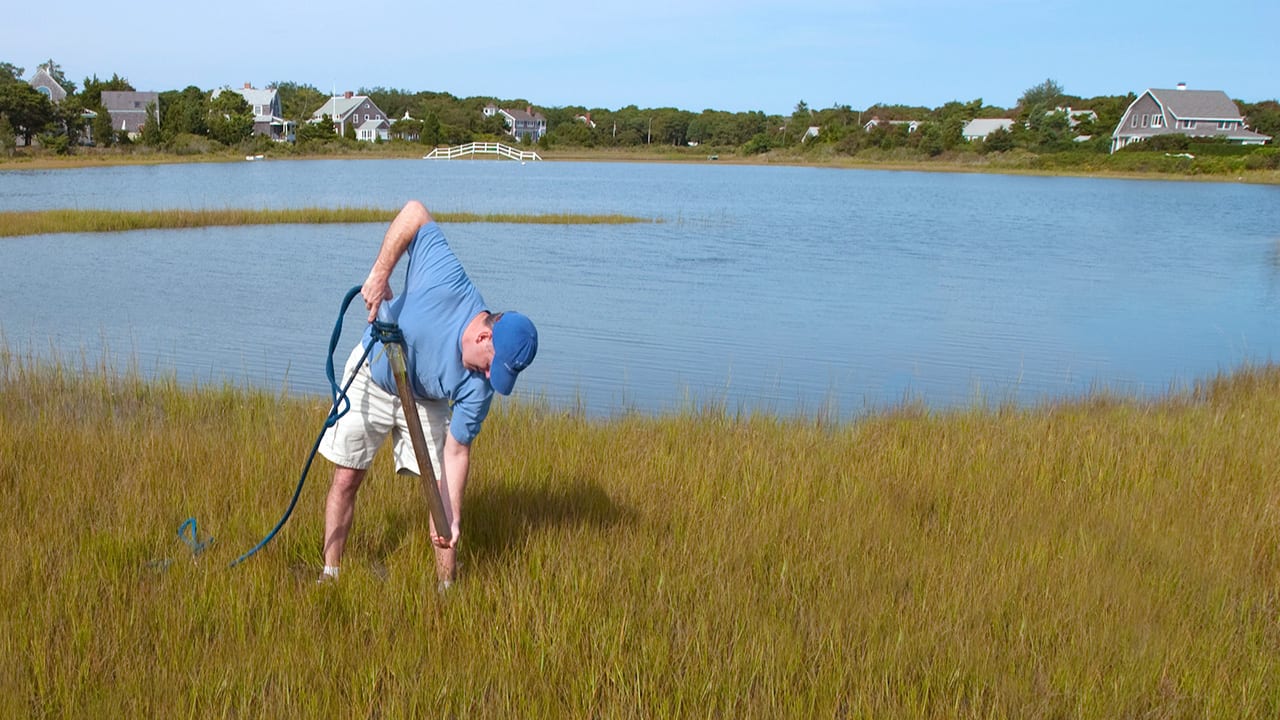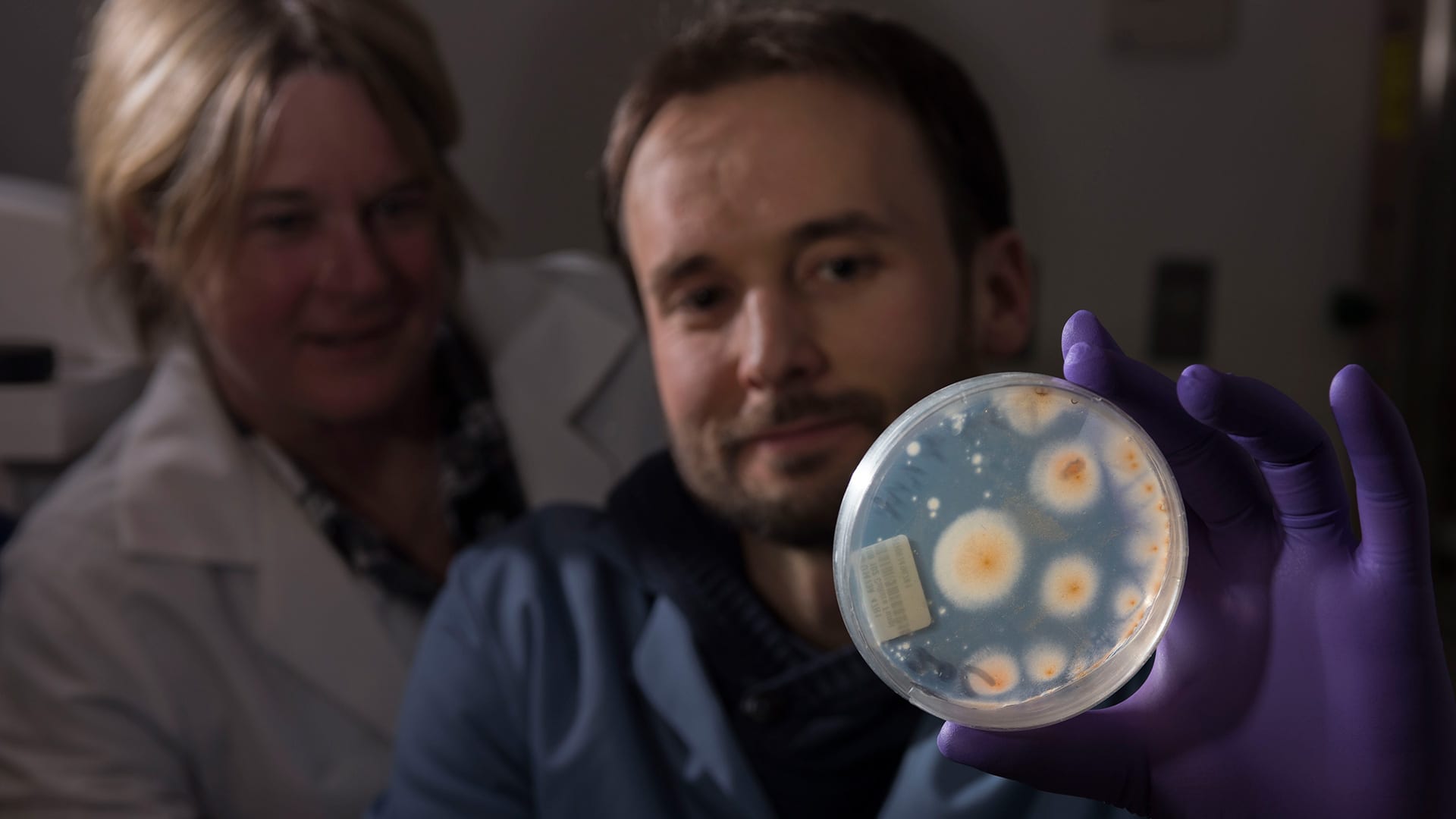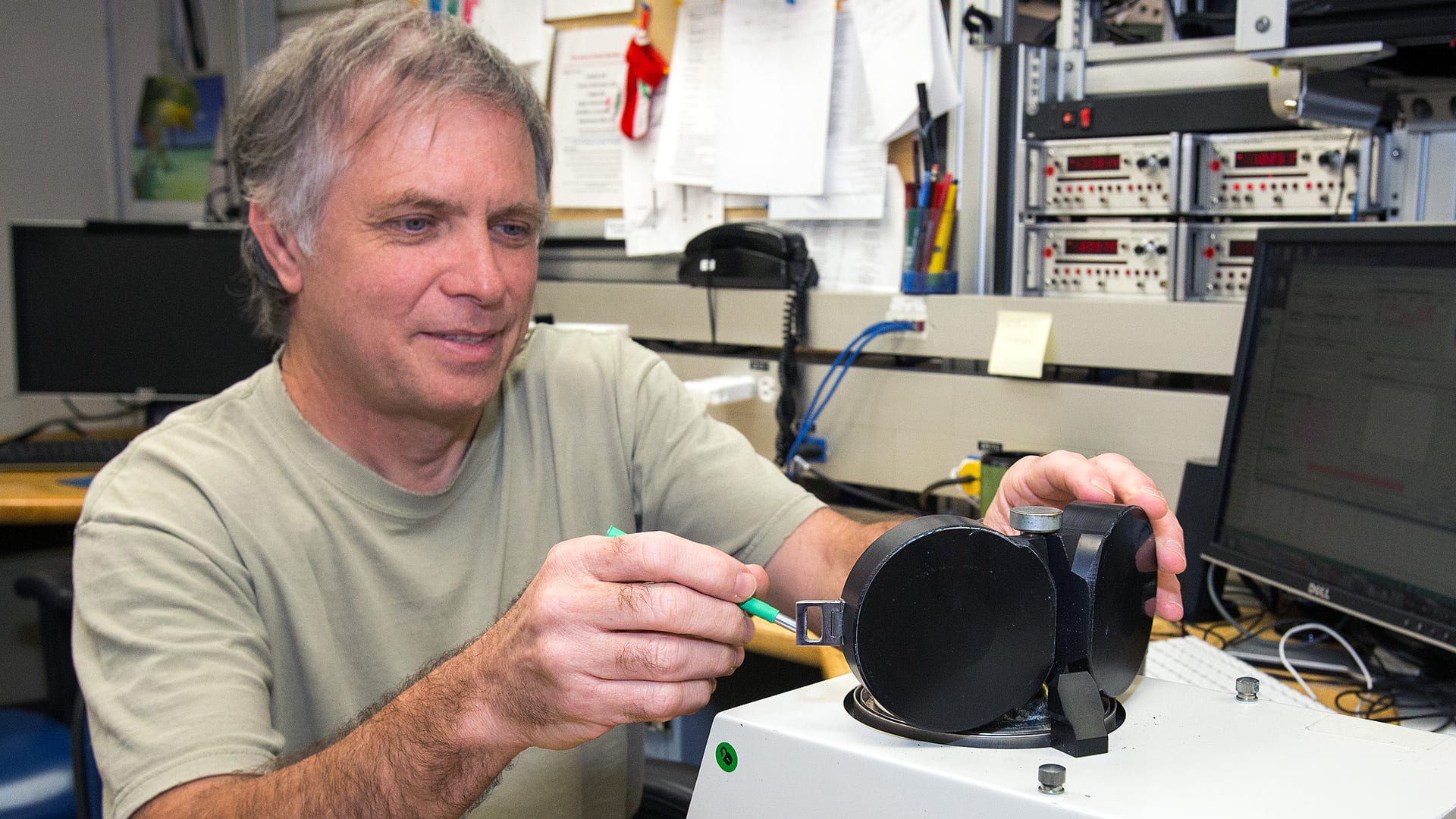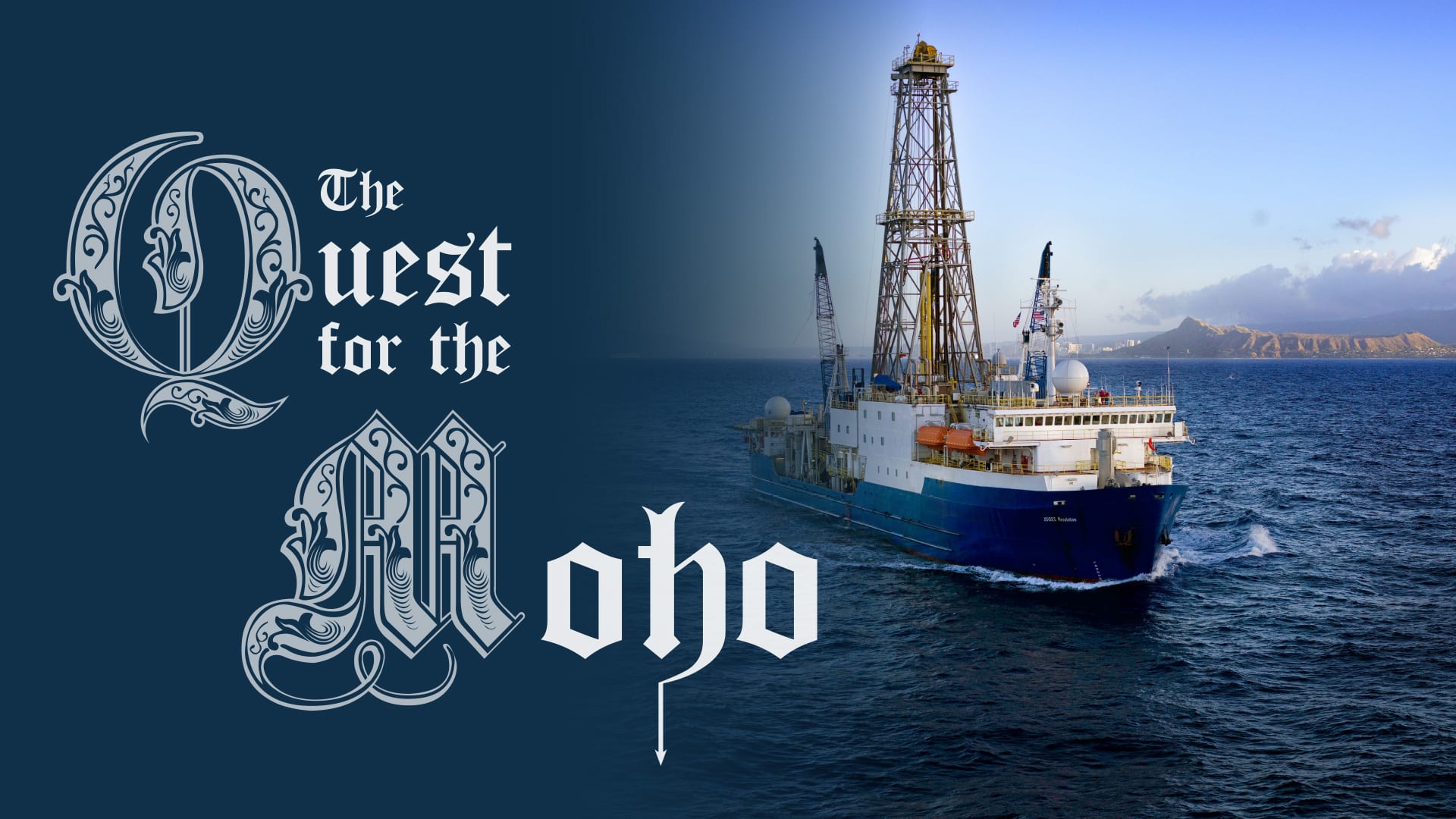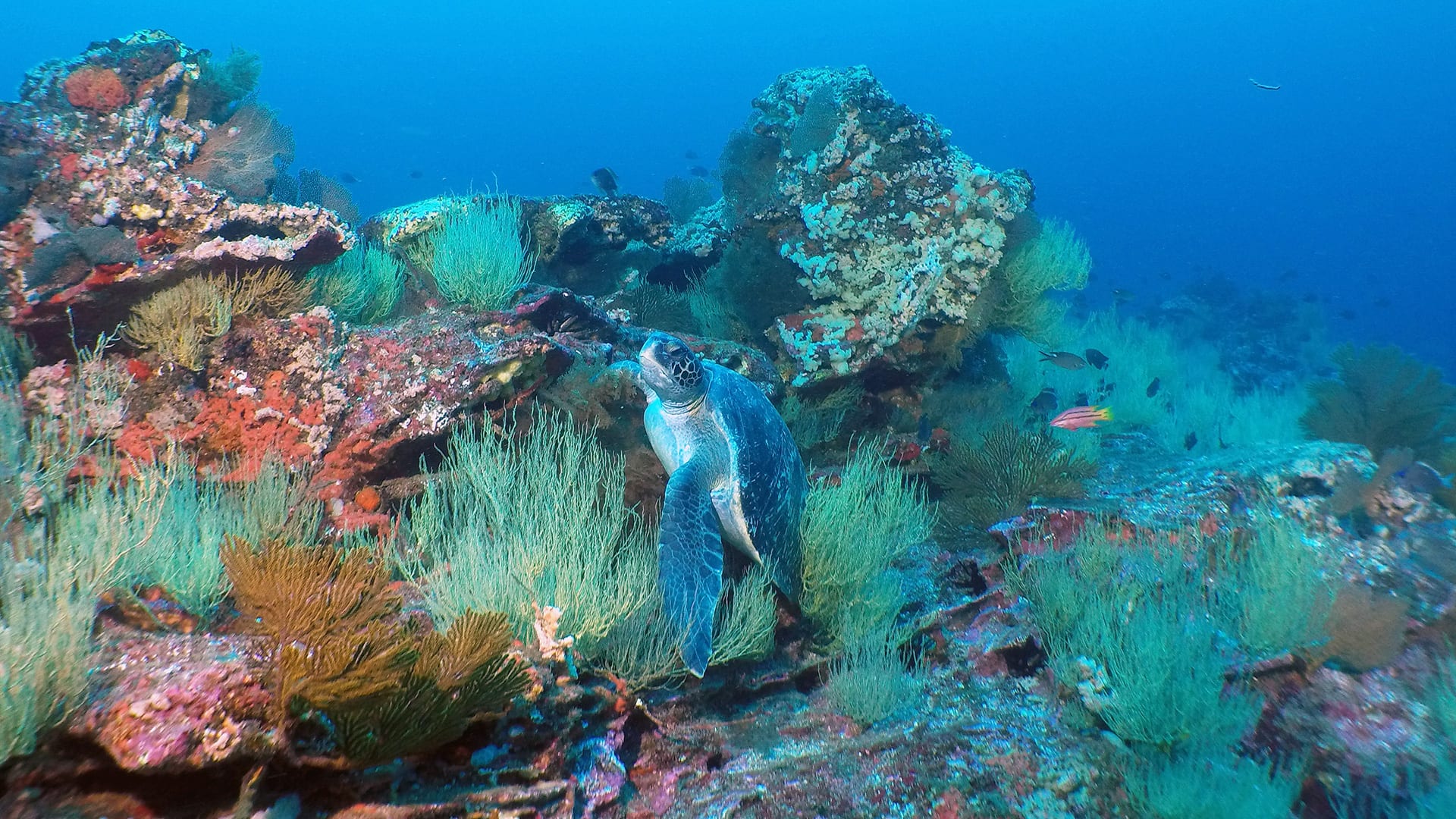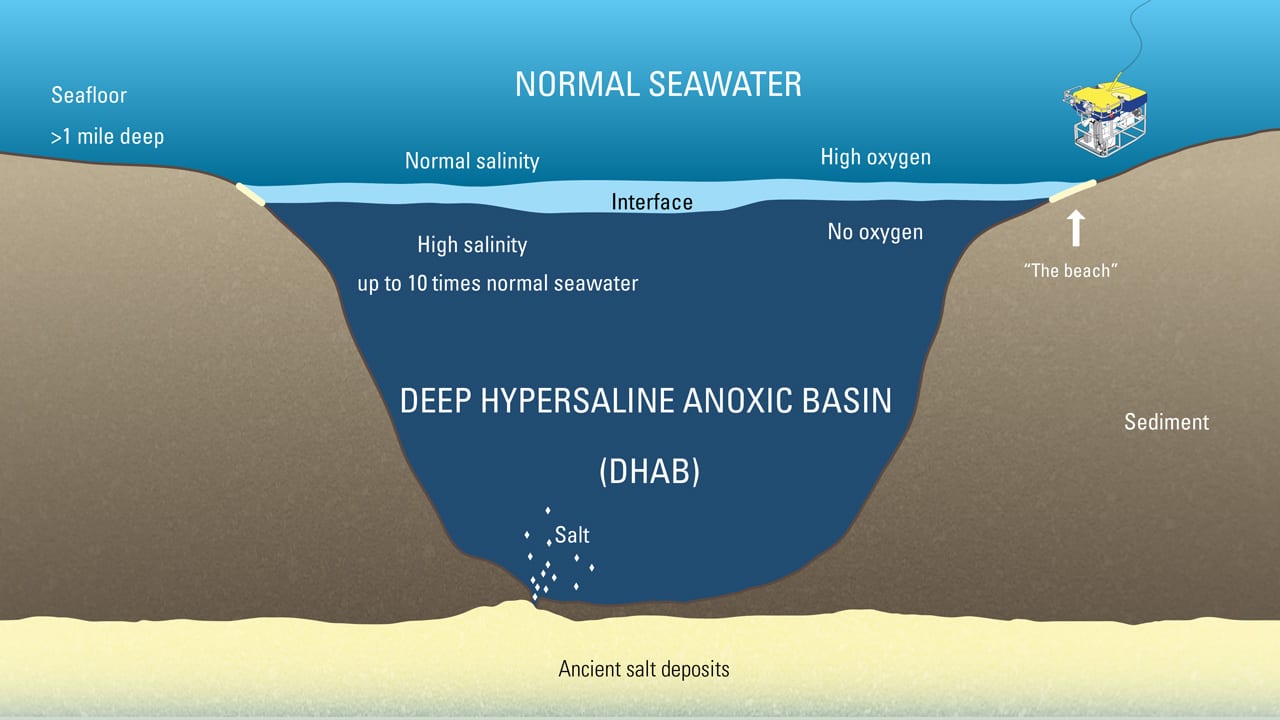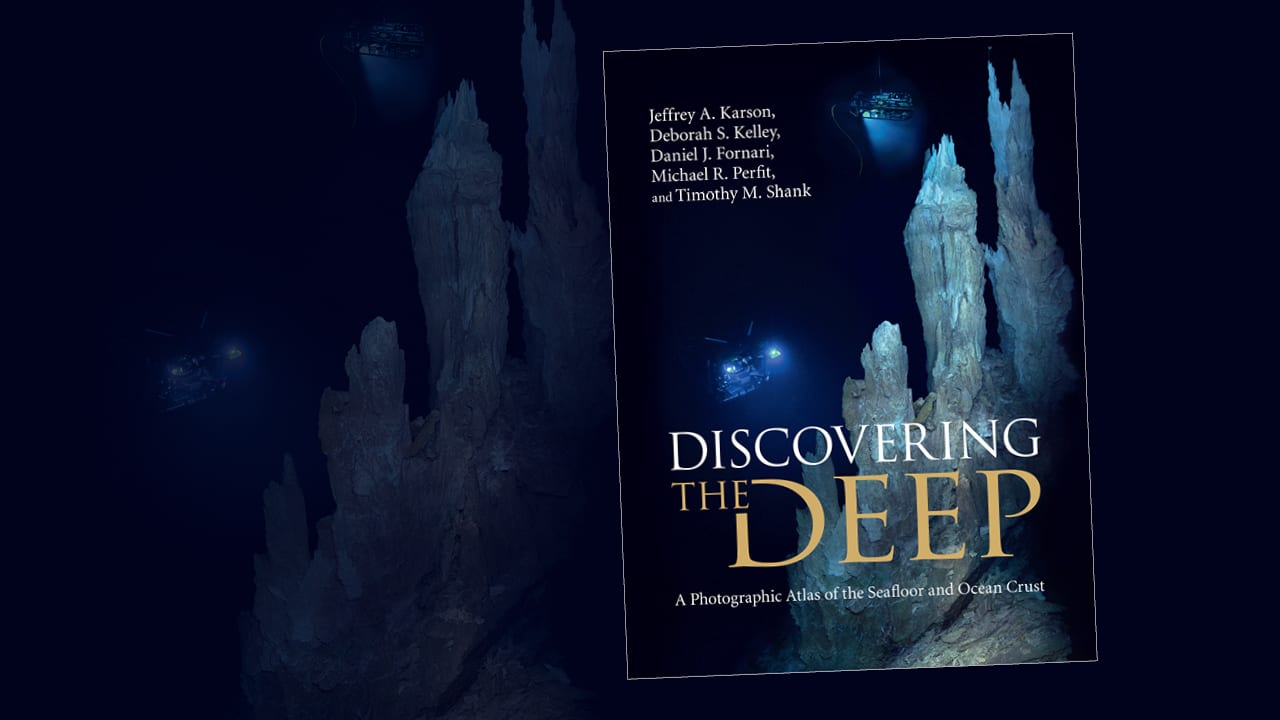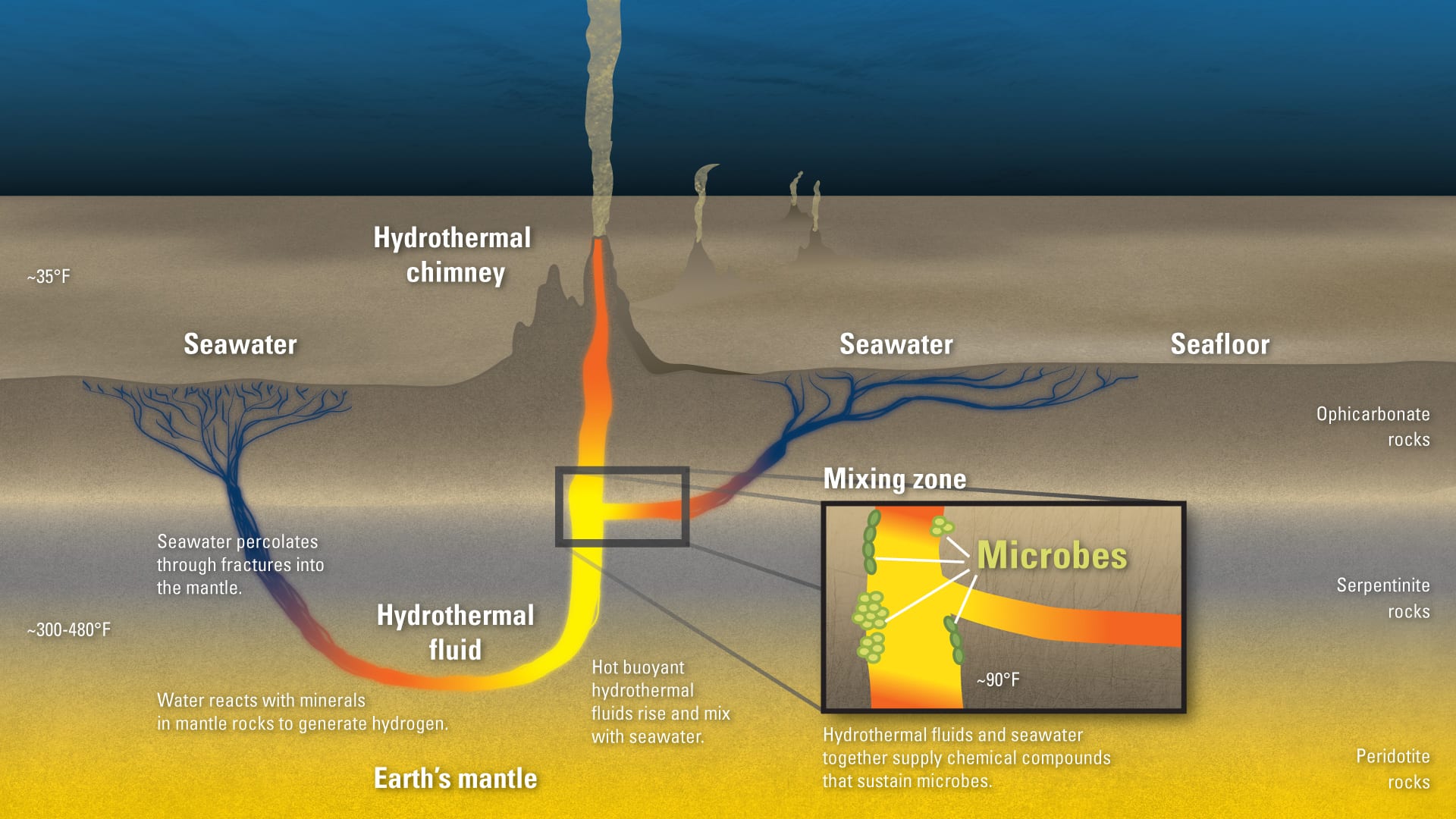Geology & Geophysics
Human-Engineered Changes on Mississippi River Increased Extreme Floods
Over the last century, many of the world’s major rivers have been modified for the purposes of flood control, power generation, and commercial navigation. A new study out of Woods Hole Oceanographic Institution suggests that engineering modifications to the Mississippi River interact with the have increased the risk of extreme floods to unprecedented levels.
Read MoreHow Is the Seafloor Made?
An ultrasound for the Earth? Using sound waves, a graduate student peers into the crystalline texture of the tectonic plates that cover our planet’s surface.
Read MoreUnearthing Long-Gone Hurricanes
A graduate student at Woods Hole Oceanographic Institution tracks a trail of clues left behind on the seafloor by hurricanes as they stream across the ocean.
Read MoreScientists Pinpoint How Ocean Acidification Weakens Coral Skeletons
The rising acidity of the oceans threatens coral reefs by making it harder for corals to build their skeletons. A new study identifies the details of how ocean acidification affects coral skeletons, allowing scientists to predict more precisely where corals will be more vulnerable.
Read MoreA Double Whammy for Corals
Scientists know that gradually rising ocean temperatures can push corals past a threshold and cause them to bleach. But combine this chronic stress with an acute short-term weather shift, and…
Read MoreTaking Earth’s Inner Temperature
Woods Hole Oceanographic Institution wasn’t an obvious fit for Emily Sarafian. “I always felt a little out of place here, because I don’t study the ocean, really,” said Sarafian, a…
Read MoreWill Oxygen in the Ocean Continue to Decline?
The living, breathing ocean may be slowly starting to suffocate. The ocean has lost more than two percent of its oxygen over the past-half century, and oxygen-depleted “dead zones” continue…
Read MoreA Close-up Look at a Rare Underwater Eruption
A new paper published January 10, 2018, in the journal Science Advances describes the first up-close investigation of the largest underwater volcanic eruption of the past century. The international research team led by the University of Tasmania and the Woods Hole Oceanographic Institution (WHOI) used the autonomous underwater vehicle (AUV) Sentry and the remotely operated vehicle (ROV) Jason to explore, map, and collect erupted materials from the Havre volcano during a 2015 expedition. They found that the eruption was surprising in many ways.
Read MorePop Goes the Seafloor Rock
WHOI scientists used the human-occupied submersible Alvin and the autonomous underwater vehicle Sentry to explore a surprising discovery: gas-filled volcanic rocks on the seafloor that “pop” when brought up to the surface.
Read MoreThe Hot Spot Below Yellowstone Park
WHOI scientist Rob Sohn brought an arsenal of deep-sea technology normally used to explore the seafloor to the bottom of Yellowstone Lake, where a team of researchers investigated the subsurface geothermal activity hidden from view in the national park.
Read MoreFresh Water Below the Seafloor?
Using a new method to distinguish fresh water from oil or salt water, scientists are exploring beneath the continental shelf off New England to look for large pockets of trapped fresh water. This water may be continually filling from groundwater flowing from land or, alternatively, may have been left behind by ice ages glaciers.
Read MoreBlue Holes and Hurricanes
Scientists are digging into clues that settle into sinkholes in the seafloor to learn about hurricane patterns in the past and in the future.
Read MoreVolcanic Arcs Form by Deep Melting of Rock Mixtures
A new study published in the journal Science Advances changes our understanding of how volcanic arc lavas are formed, and may have implications for the study of earthquakes and the risks of volcanic eruption.
Read MoreCorals Die as Global Warming Collides with Local Weather in the South China Sea
New research highlights the devastation caused when global-scale ocean warming interacts with short-lived weather anomalies, and adds urgency to the question of how reefs will fare through the end of this century.
Read MoreTaking Earth’s Inner Temperature
A new WHOI study led by WHOI suggests the mantleâÃÂÃÂthe mostly solid, rocky part of Earth’s interior that lies between its super-heated core and its outer crustal layerâÃÂÃÂmay be hotter than previously believed. The surprising finding could change how scientists think about many issues in Earth science including how ocean basins form.
Read MoreMore Floods & Higher Sea Levels
A research team predicts potentially big changes within the next century that would have significant impacts on those who live on or near the coast.
Read MoreWHOI Geologist Henry Dick Named AAAS 2016 Fellow
Henry Dick of the Woods Hole Oceanographic Institution (WHOI) has been named a Fellow of the American Association for the Advancement of Science (AAAS). Election as an AAAS Fellow is an honor bestowed upon association members by their peers.
Read MoreLife Dwells Deep Within Earth’s Crust
Aboard a drillship in the Indian Ocean, geologists pursued their mission to bore a hole thousands of feet through the seafloor to reach the Moho, the mysterious and never-before-penetrated boundary…
Read MoreAttracted to Magnetics
Maurice Tivey has probably endured more than a few bad puns, like the one in our headline, after he tells people what he does for a living. A geologist at…
Read MoreThe Quest for the Moho
For more than a century, scientists have made several attempts to drill a hole through Earth’s ocean crust to an interior layer of rock in Earth’s interior called the mantle.
Read MoreBeneath the Sea, the Galápagos Reveal More Marvels
The Galápagos Islands have offered biologists a natural laboratory ever since Charles Darwin’s day, but they’re also a frontier for geologists and volcanologists to test theories. The thirteen major volcanic…
Read MoreCan Animals Live Without Oxygen?
In 2010, a research team garnered headlines when it published evidence of finding the first animals living in oxygen-free conditions at the bottom of the sea. But a new study…
Read MoreThe Bottom of the Ocean On Top of Your Coffee Table
Here’s a way to journey to the seafloor without leaving your living room or classroom. Five deep-sea scientists have created a comprehensive, lavishly illustrated book that transports readers to Earth’s…
Read MoreMummified Microbes
Scientists have found evidence that microbes can thrive deep below the seafloor—sustained by chemicals produced by reactions between seawater and rocks in Earth’s mantle. It’s difficult to gain direct access…
Read More
